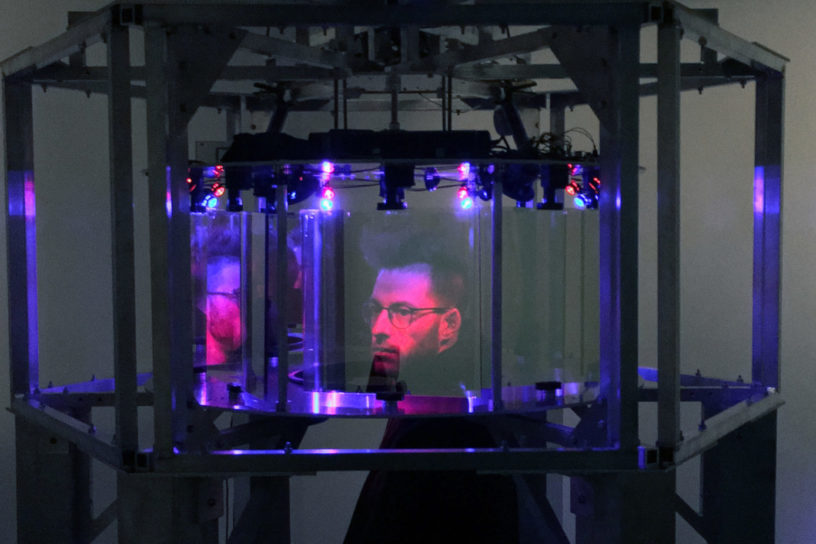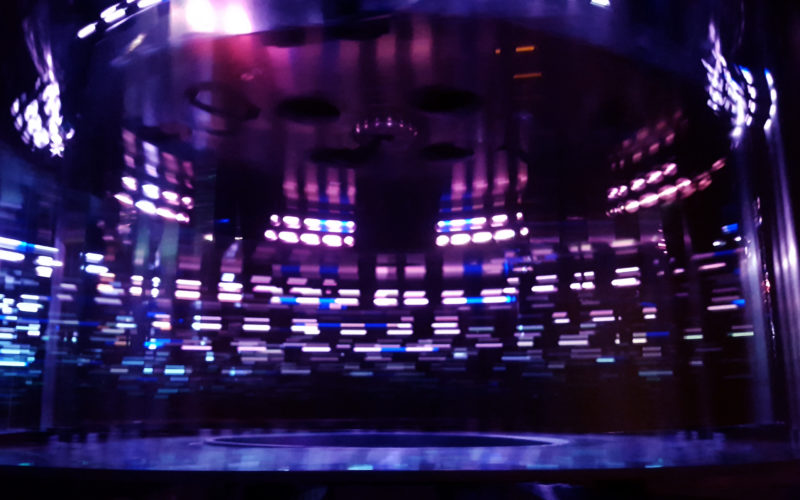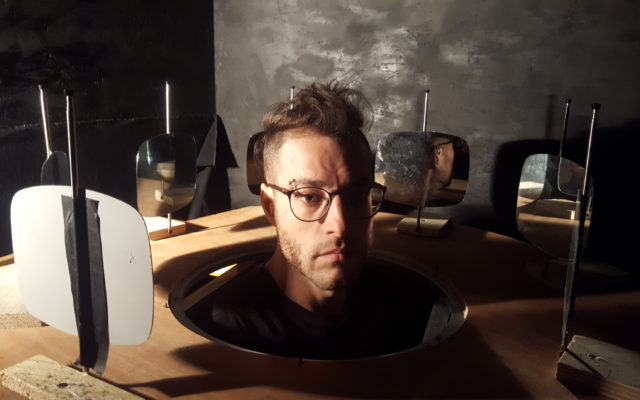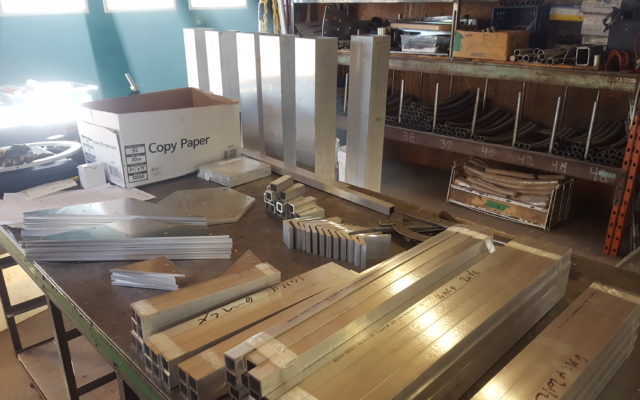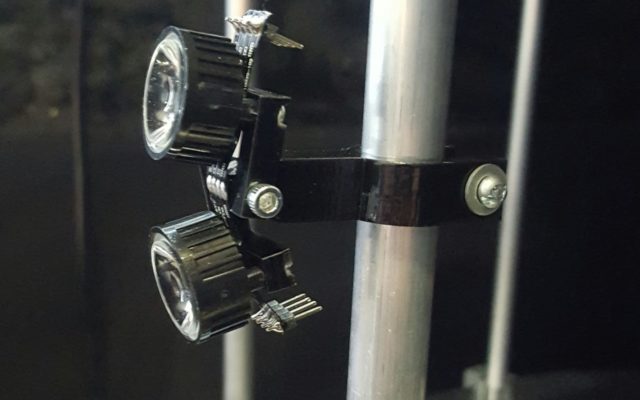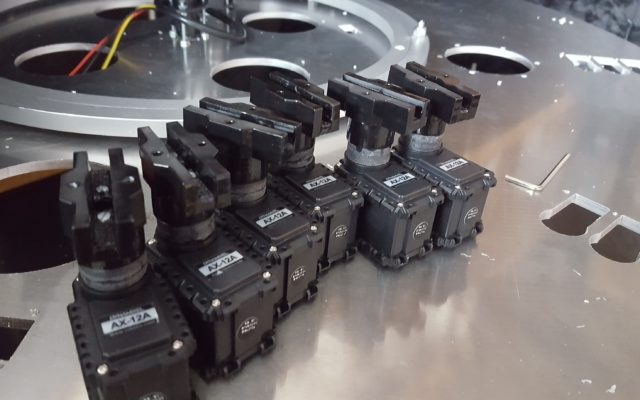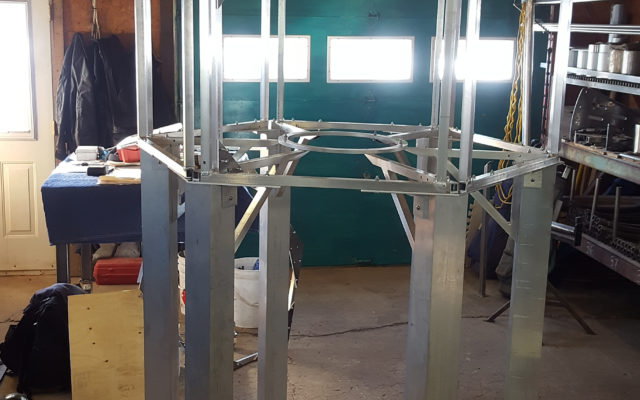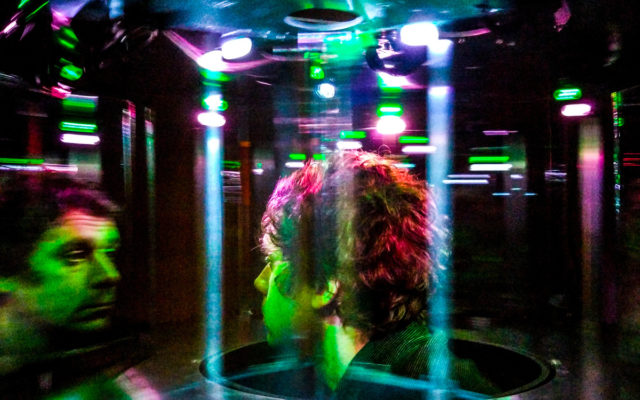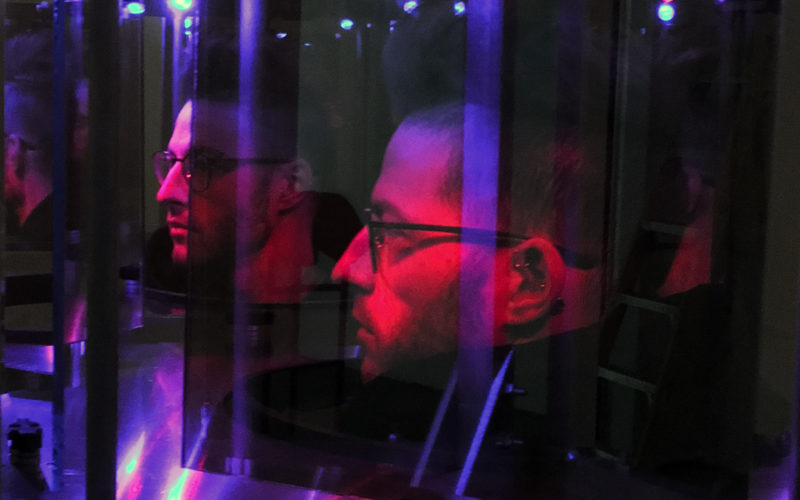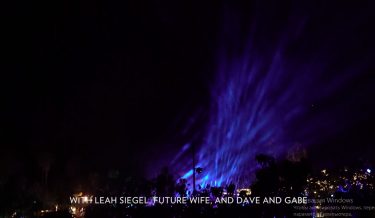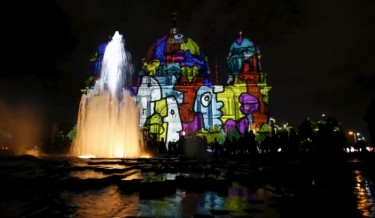Related post
MPC NY Brings On The Storm for New Balance
Aug 14, 2015
|
Comments Off on MPC NY Brings On The Storm for New Balance
3347
Aurora is an instrument of light
Jun 27, 2017
|
Comments Off on Aurora is an instrument of light
2350
Photos: Berlin Festival of Light
Oct 15, 2015
|
Comments Off on Photos: Berlin Festival of Light
4101

